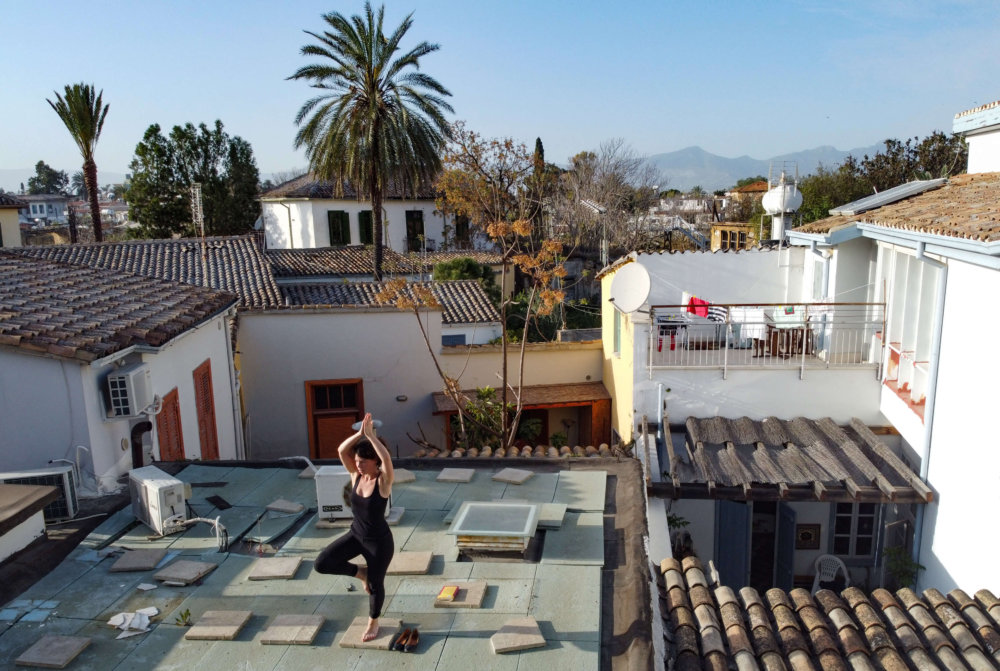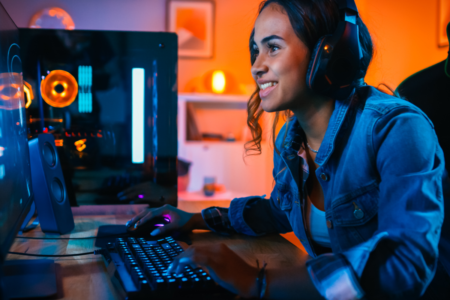
It’s a stressful time for everyone out there, including university students — particularly those learning online from abroad. Study anxiety can be heightened as you face uncertainties about your education while trying to keep up with classes in a different time zone. Taking care of your mental health is therefore more important than ever.
The Council of International Students Australia reported that 93% of students stranded overseas are experiencing mental health issues, while over two-thirds feel they have developed anxiety or depression. This could be the result of isolation, stress, and overall anxiety over the uncertainties of their education and future. Over in the UK, for example, students are concerned about how their “pandemic degree” would affect their job prospects.
While there’s no fix-all for study, exam, or job anxiety, there are a few ways you can begin to cope better. Here are three suggestions.

Following online classes abroad may make it hard to access peer interaction and support. Source: Robyn Beck/AFP
Seek peer support
Attending university is very much a social experience, which can be trickier to navigate when you’re on a screen 3,000 km away. It’s crucial that you stay connected to lecturers and fellow students. If you feel your course schedule doesn’t provide enough time to do so, you could take the initiative to arrange a study group, virtual hangout, or even group chat.
If that thought adds to your anxiety, aim for smaller measures. Harvard Health Blog recommends taking small steps to approach anxiety-provoking situations — for example, discussing a group assignment over video chat instead of a message thread. You could also initiate discussions on upcoming tests or exams as all students would appreciate the extra information.
Make time for your health
It’s easy to let the little things slip when you’re dealing with anxiety. So while we know that eating well and exercising can help improve our state of mind, it may get harder to do this. Again, starting small allows you to approach change as several tiny tasks instead of one overwhelming concept.
Eat a wholesome breakfast instead of downing coffee at your desk. Have your meals at a consistent time. Carve out a time for movement, even if it’s just 10 minutes of HIIT. Sometimes, just getting out of your chair in between long hours of classes and assignments can provide much-needed perspective or energy.
It’s also important to nourish the soul. Speak to friends and family on the phone, take the time to read a book (that isn’t a class requirement), draw or create if you are so inclined. Just make time to fill your cup when you’re feeling drained; over the long term, this will help you regain power when dealing with anxiety or depression.

Yoga and breathing exercises help us become more mindful, thus easing stress. Source: Amir Makar/AFP
Practice mindfulness to ease anxiety
Dr. Judson Brewer, Director of Research and Innovation at the Mindfulness Centre, describes anxiety as what happens when worrying takes up too much space in your brain’s “working memory”. One way to tackle anxiety is by practising mindfulness; this awareness allows you to reset and anchor in the moment. Breathing exercises can help you achieve this state when you need it the most.
So the next time your thoughts are going into overdrive, try calming down with a breathing exercise such as five-finger breathing. Here’s how you do it.
Step 1: Place the index finger of one hand on the outside of the pinky finger on your other hand. As you breathe in, trace up to the tip of your pinky, and as you breathe out, trace down the inside of your pinky.
Step 2: On your next inhale, trace up the outside of your ring finger, and on the exhale, trace down the inside of your ring finger.
Step 3: Inhale and trace up the outside of your middle finger; exhale and trace down the inside of your middle finger.
Step 4: Continue finger by finger until you’ve traced your entire hand.
Step 5: Reverse the process and trace from your thumb back to your pinky.










